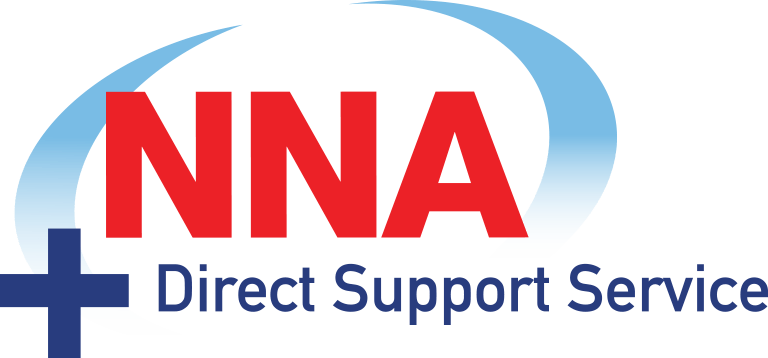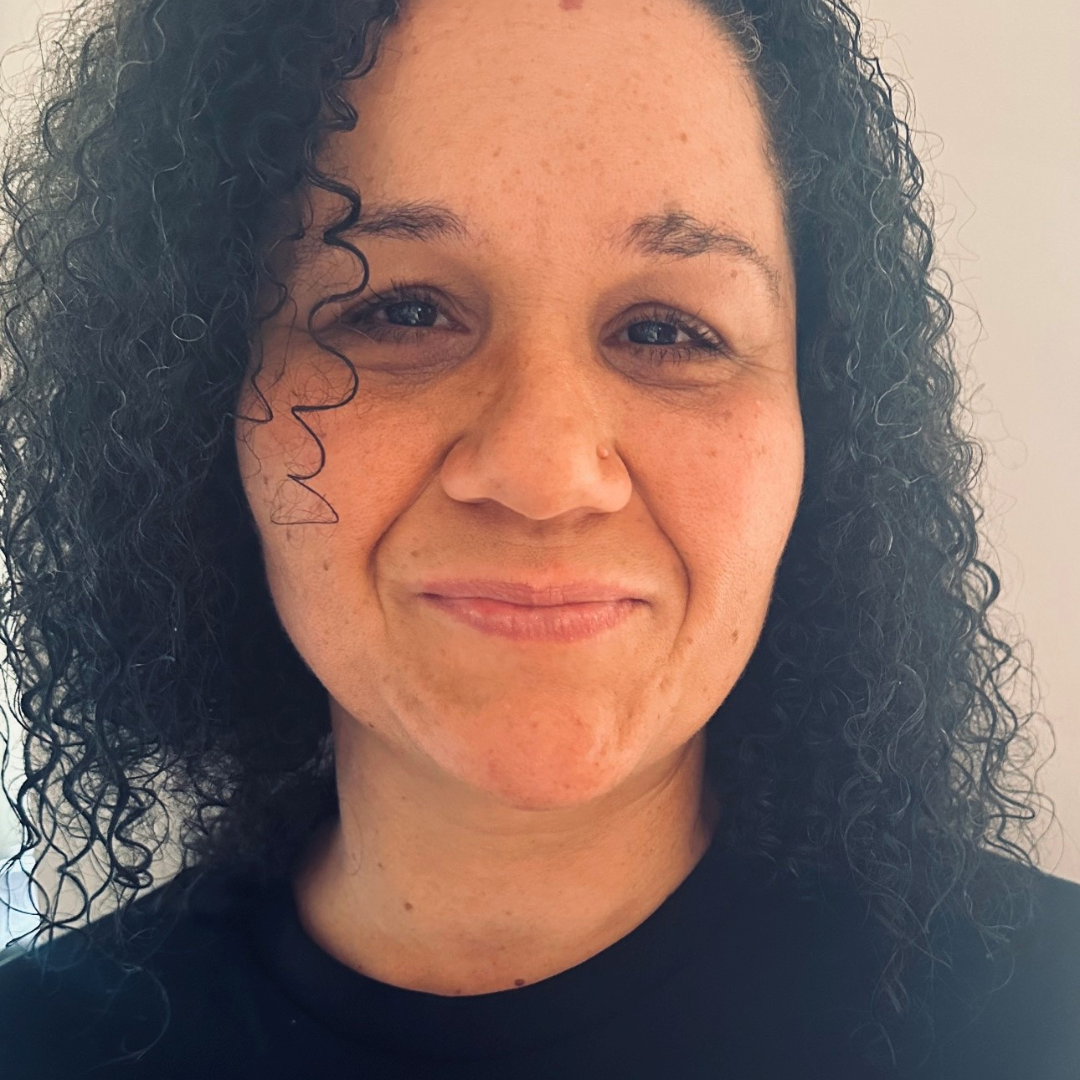Taking the lead: Facts about Assistance Dogs
You may have heard the term “Assistance dog”, but what exactly does it mean? In our latest blog, we look at the different types of Assistance Dogs in Australia and the invaluable role these highly skilled boys and girls play in helping people living with a variety of disabilities and medical conditions.
What exactly are assistance dogs?
Assistance Dogs are highly trained by professionals to perform important physical tasks for their owners. As well as helping people living with disabilities lead a more independent lifestyle, they are important companions and may even act as lifesavers in the event of an emergency.
According to the federal government’s HealthDirect site, Assistance Dogs help those people with physical disabilities, post-traumatic stress disorder, autism and debilitating illnesses such as multiple sclerosis.
Assistance Dogs can go with their owners in all public places and onto public transport. It is against the law to discriminate against a person with a disability who has an Assistance Dog.
What are the different types of assistance dogs in Australia?
Guide Dogs
Also known as seeing-eye dogs, Guide Dogs help people who are blind or vision impaired avoid physical obstacles and provide them with confidence to move around safely. They are trained to stop at kerbs, navigate public transport, and make their owner aware of any traffic before crossing the road among other things.
Fact: The first Guide Dog to be trained in Australia was Beau, a Kelpie/Border Collie cross in Perth in 1952.
General Assistance Dogs
These dogs assist people living with disabilities with a range of tasks. For example, they can raise the alert about an oncoming medical event, such as a seizure or diabetic event. General Assistance Dogs may also be trained to help a person with paralysis move their limbs, as well as to help move people with psychiatric disorders away from upsetting and triggering situations.
They may also help with everyday tasks their owner may have difficulty performing. These can include pulling wheelchairs, retrieving items, unloading washing, turning light switches on and off, or even removing their owner's clothes.
Fact: It costs $40,000 and takes two years to complete the training for one internationally accredited Assistance Dog.
Hearing Dogs
Hearing Dogs assist hearing impaired people by making them aware of certain sounds, such as the doorbell, a baby crying or a ringing phone. They are also trained to alert their owner of any sounds of danger like smoke alarms. To attract the attention of their owner, Hearing Dogs will use either their nose (nudging) or their paws.
Fact: Ted, from Australian Lions Hearing Dogs, was trained to alert his owner to an alarm that sounded when the stomach feeding tube of his owner’s foster daughter became blocked. This saved the girl’s life on a number of occasions.
Why you should never pat an Assistance Dog
As cute as they may look, you should never pat an assistance dog. Just as you would not cover someone’s eyes while driving a car, you should not distract an assistance dog from their human handlers.
Training an Assistance Dog
Assistance dogs are selected as puppies for their temperament and suitability. They should be reliable, calm and able to focus on their tasks, with Labradors and Golden Retrievers being the preferred breeds. In Australia, the dogs are trained for the first 18 months by a handpicked puppy educator. They are then passed to specialist organisations for the final intensive six months of training.
Assistance Dogs transform the lives of thousands of people living with disabilities in Australia. Their invaluable work gives the people they work with more independence, mobility and safety going about their day-to-day lives. Not only do they help their owners live independently, their companionship can reduce loneliness, help improve their owners' mental health, and may even save a life.











